-
×
 GSM/GNSS Click
1 ×
GSM/GNSS Click
1 × R1,700.00R1,530.00 -
×
 Accel Click
2 ×
Accel Click
2 × R355.00R319.50 -
×
 tRF Click
2 ×
tRF Click
2 × R1,050.00R945.00 -
×
 GSM Click
6 ×
GSM Click
6 × R1,050.00R945.00 -
×
 MP3 Click
1 ×
MP3 Click
1 × R485.00R436.50 -
×
 RS485 Click 5V
2 × R235.00
RS485 Click 5V
2 × R235.00 -
×
 RN4678 Click
3 ×
RN4678 Click
3 × R855.00R769.50 -
×
 GPS Click
2 ×
GPS Click
2 × R1,050.00R945.00 -
×
 HYDROGEN Click
1 ×
HYDROGEN Click
1 × R335.00R301.50 -
×
 DIGI POT Click
3 ×
DIGI POT Click
3 × R370.00R333.00 -
×
 Proximity Click
2 × R220.00
Proximity Click
2 × R220.00 -
×
 RTC 2 Click
1 ×
RTC 2 Click
1 × R465.00R418.50 -
×
 3D Motion Click
1 ×
3D Motion Click
1 × R1,050.00R945.00 -
×
 Alcohol Click
1 ×
Alcohol Click
1 × R335.00R301.50 -
×
 RTC Click
1 ×
RTC Click
1 × R390.00R351.00 -
×
 GSM-GPS Click
1 ×
GSM-GPS Click
1 × R1,350.00R1,215.00
Subtotal: R19,805.50

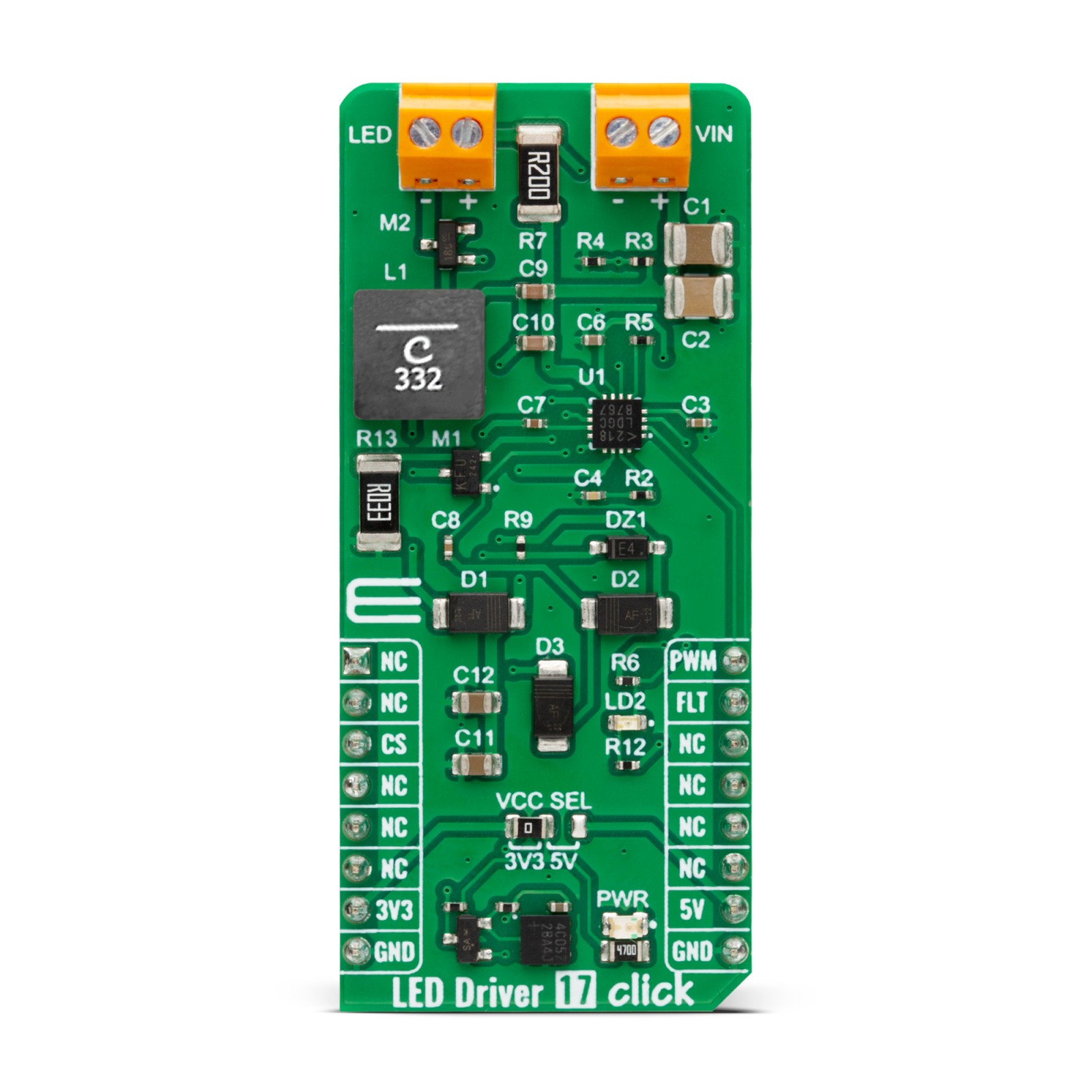
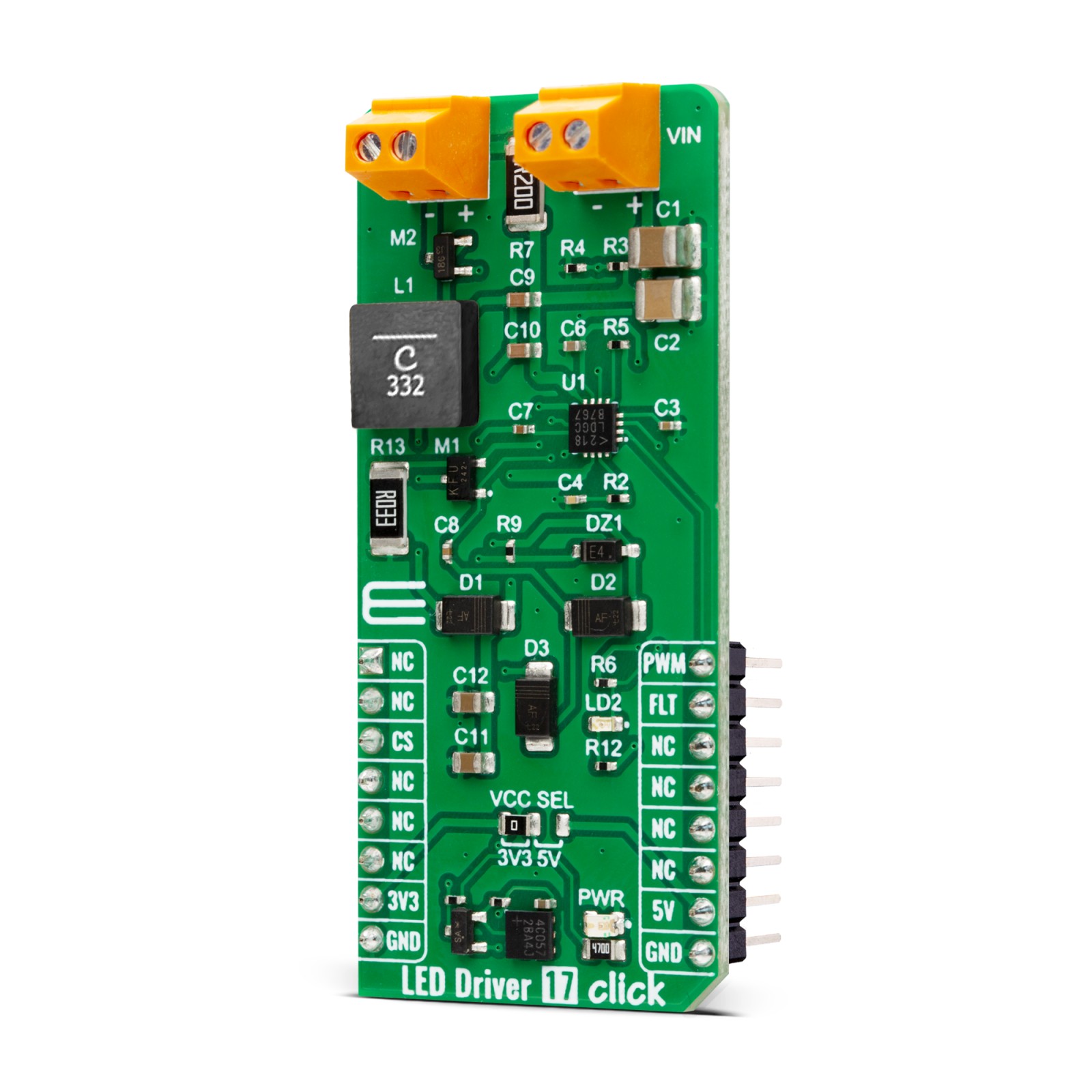
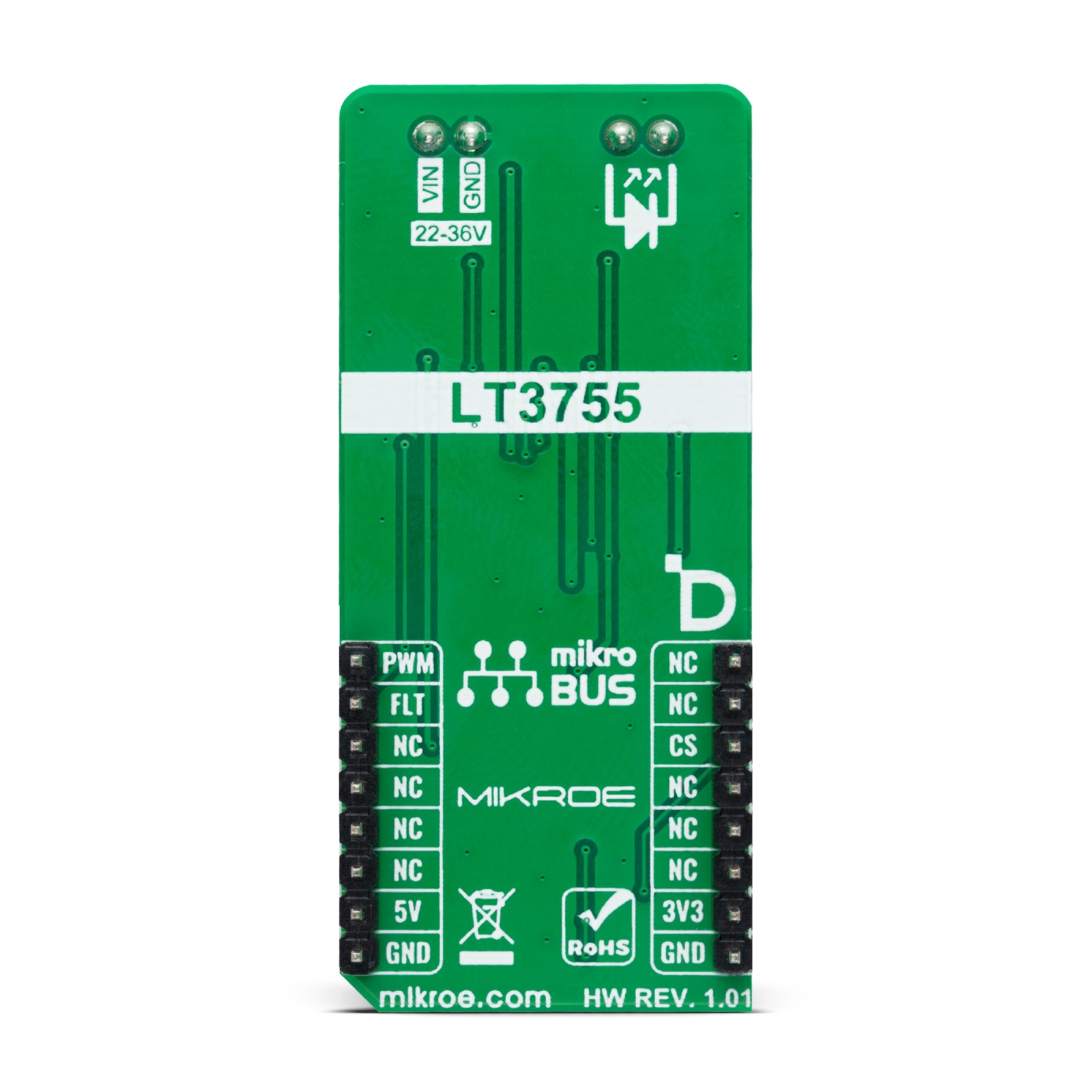
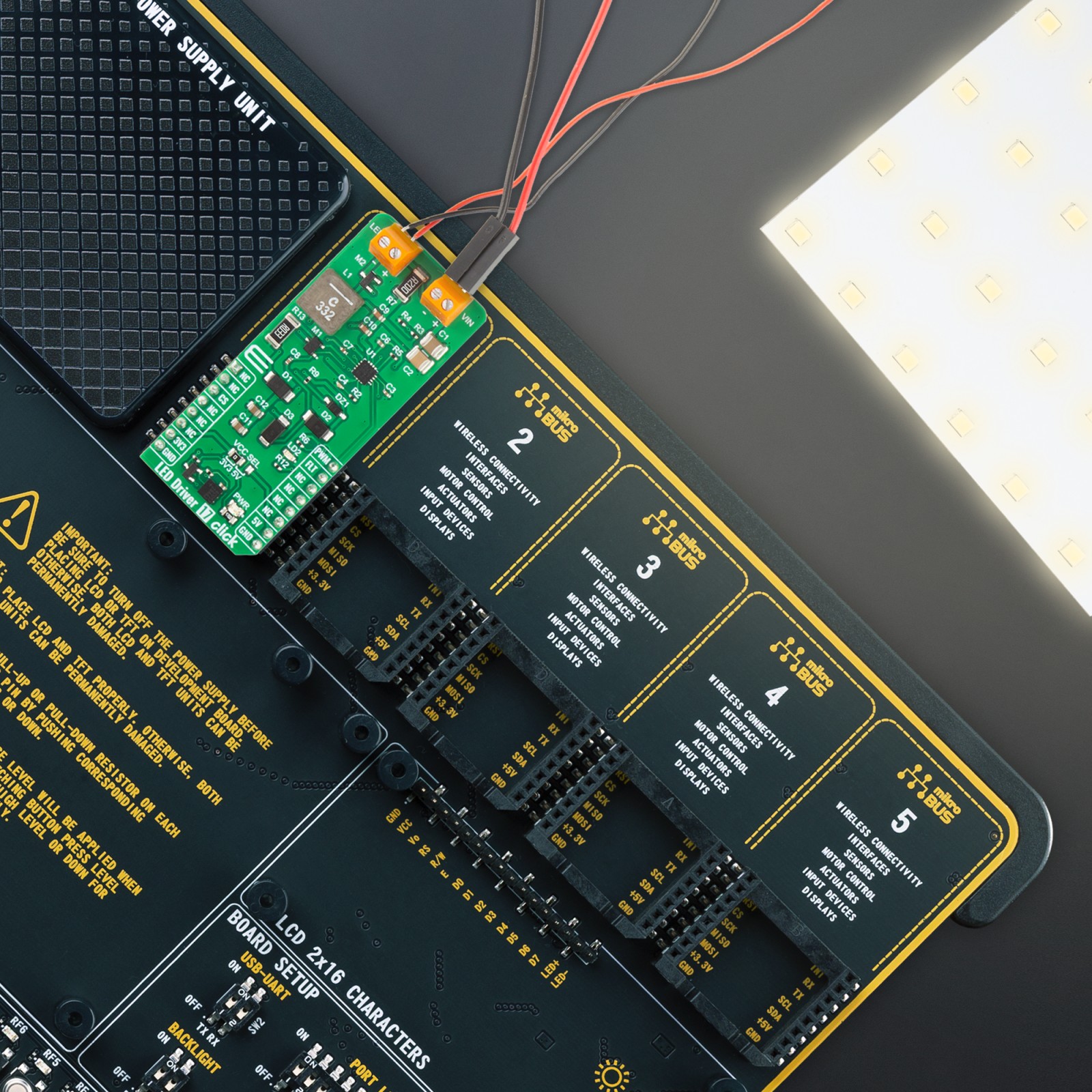
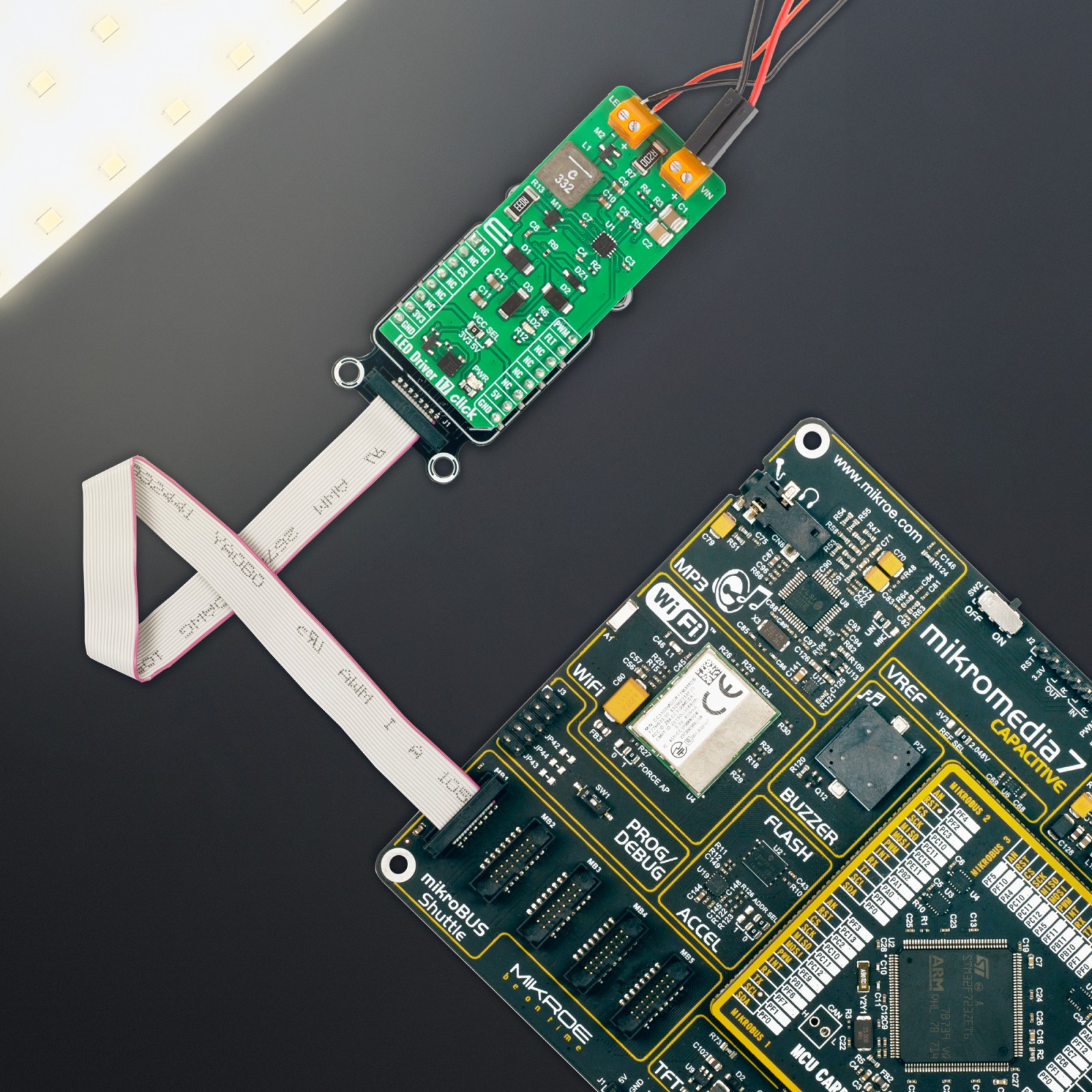
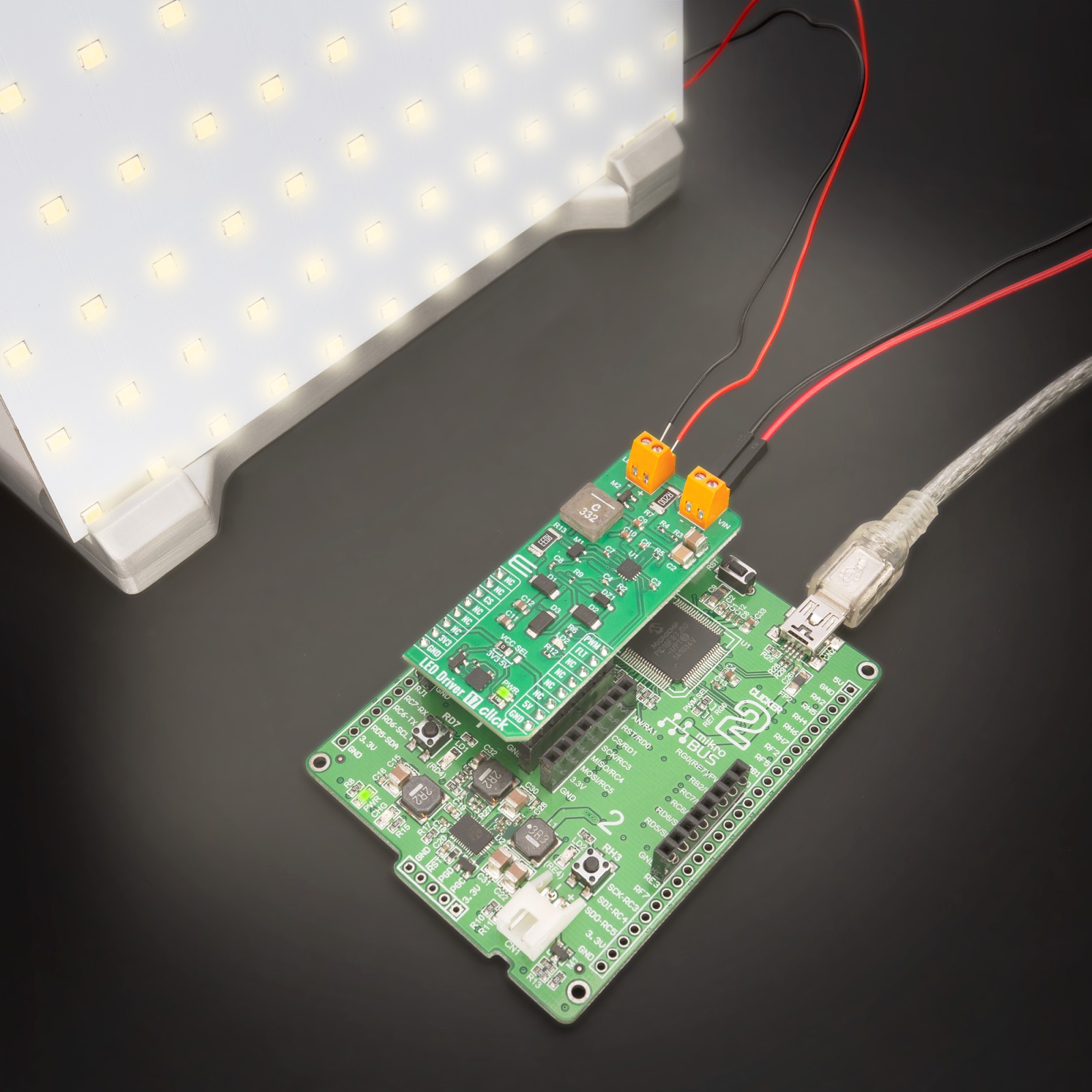
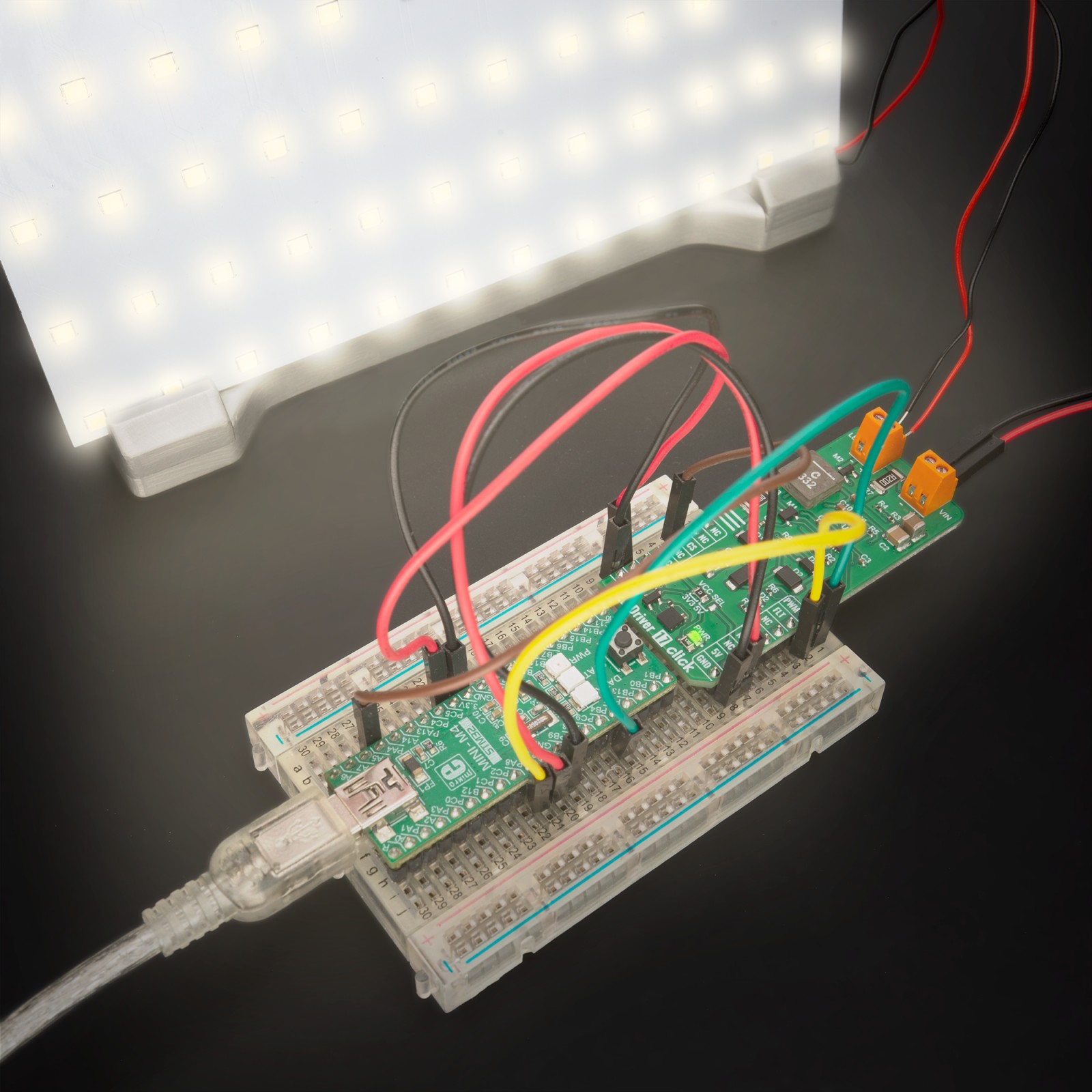

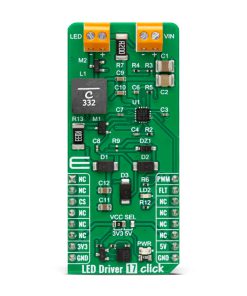
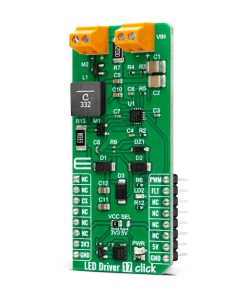
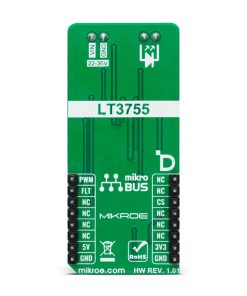
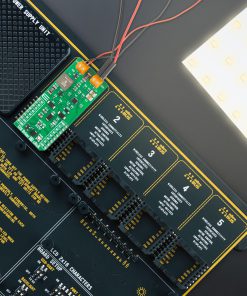
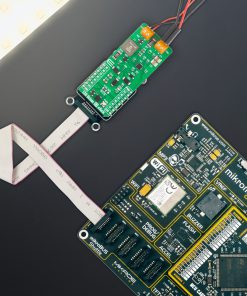
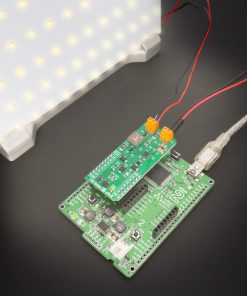
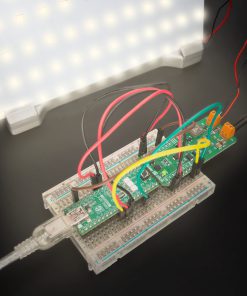

.jpg)




